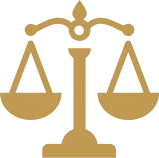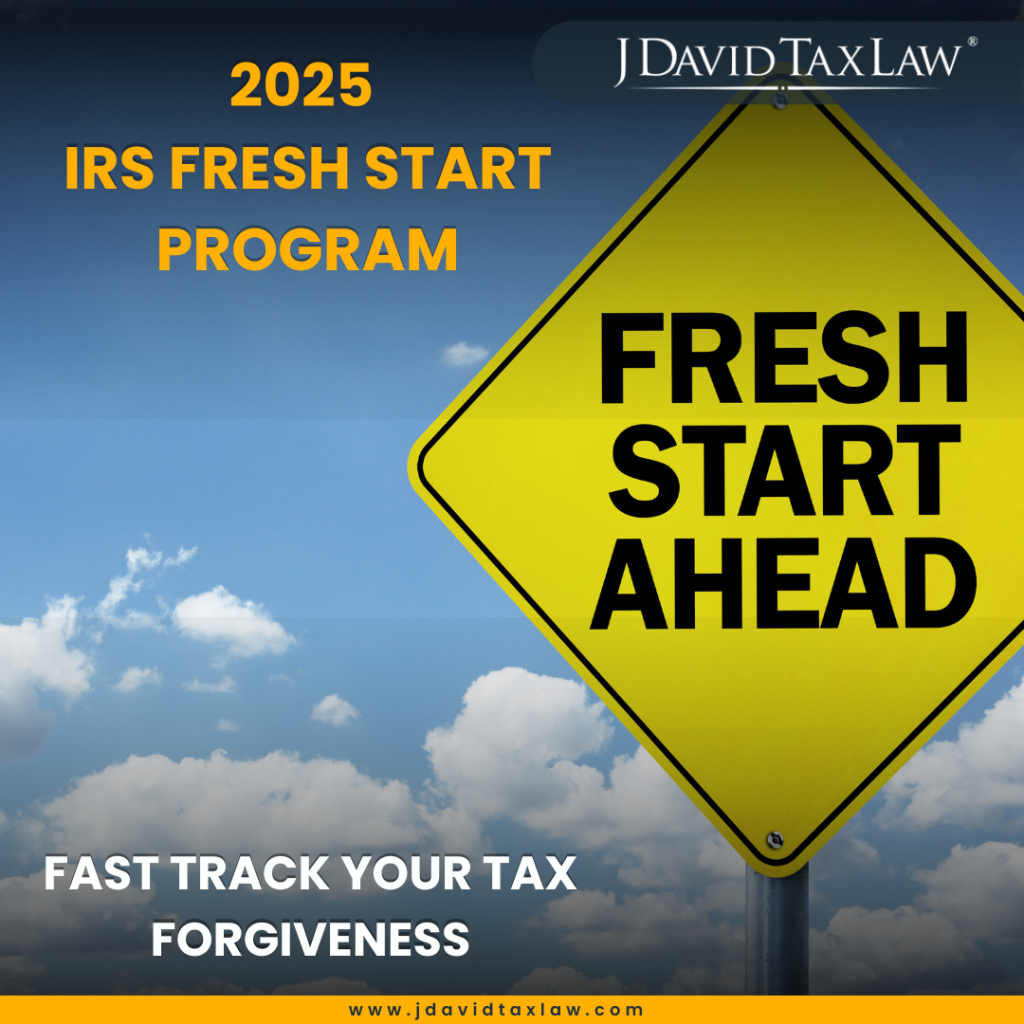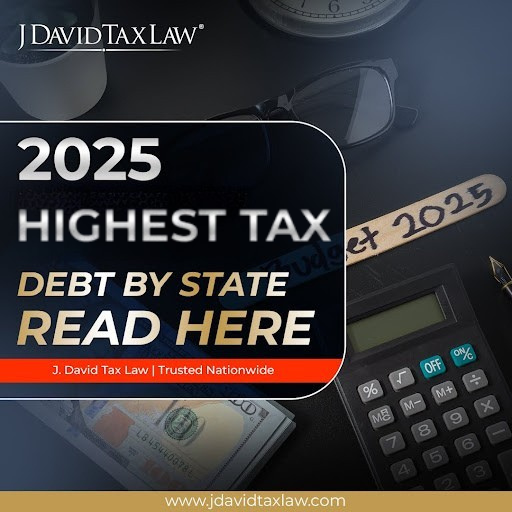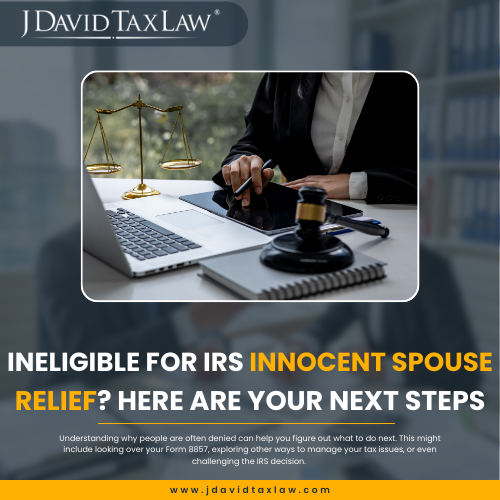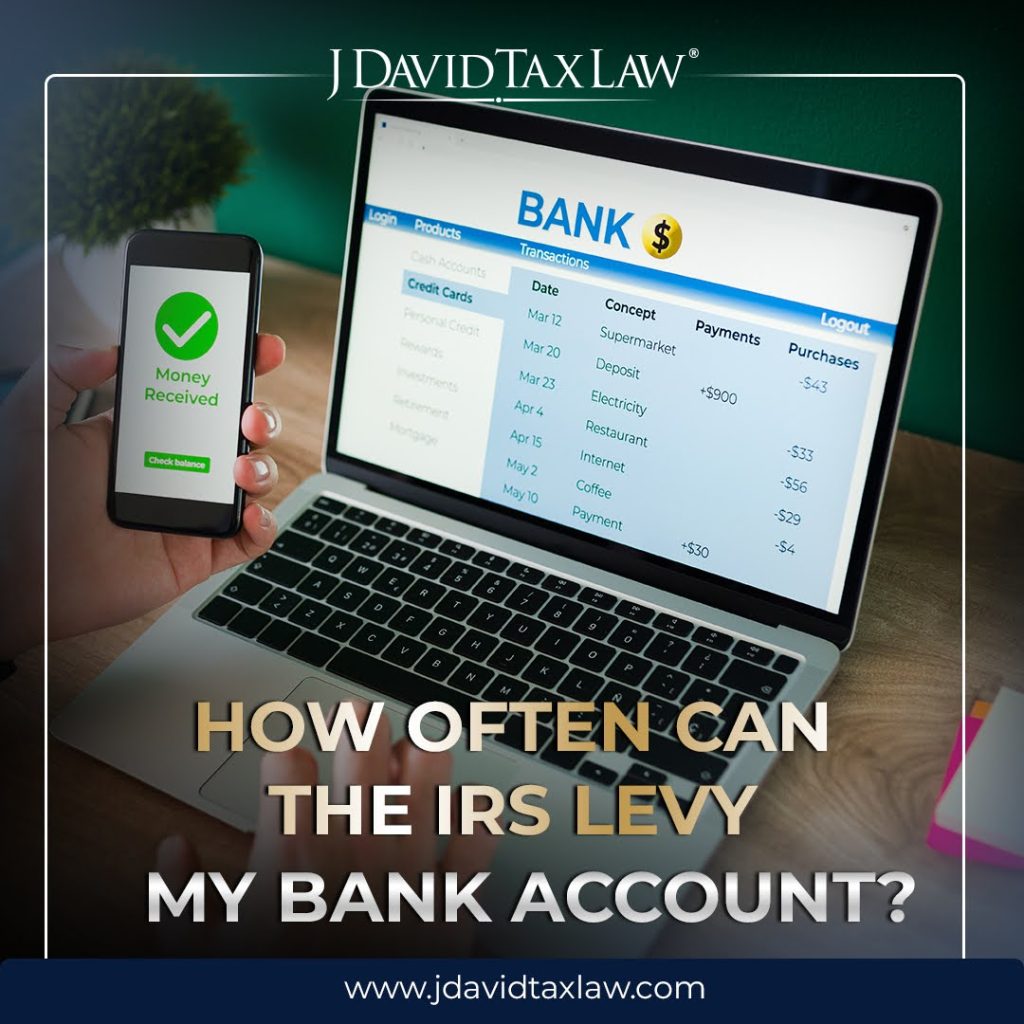IRS Fresh Start Tax Program 2025: Your Fast-Track Guide to Complete Tax Debt Forgiveness
If you are struggling with more IRS tax debt than you can manage, you are not alone. The 2025 IRS Fresh Start tax Program was created to give taxpayers a way to regain control. For those who qualify, it may be possible to reduce federal tax debts by up to 90 percent, offering a real chance to move forward.
The program is designed to help people overwhelmed by back taxes and penalties, whether due to unexpected setbacks, job loss, or mounting financial pressures. By providing a clear path to debt relief, the Fresh Start Tax Program can ease the burden and help you focus on your family, your career, or your future goals.
Taking time to learn about the eligibility requirements and completing the application could save you months or even years of payments to the IRS. Imagine using that money instead to support your family, build your business, or invest in your future.
What Is the IRS Fresh Start Program?
The IRS Fresh Start Program is not a single program but rather a collection of policies designed to make it easier for individuals and businesses to manage and reduce their tax debts. It was created in 2011 by the United States Federal Government as a response to the financial challenges faced by many Americans, especially in the wake of economic hardships.T
Is There Any Difference Between the Fresh Start Program and the Fresh Start Initiative?
No, there is no real difference between the IRS Fresh Start Program and the Fresh Start Initiative. They are two terms for the same set of policies and relief measures designed to help taxpayers struggling with IRS debts. Both aim to make it easier for people to settle their tax obligations, whether through extended payment plans, reduced penalties, or settlement options.
Is the IRS Fresh Start Program Legitimate?
Yes, the IRS Fresh Start Program is a legitimate and official initiative by the Internal Revenue Service. It was launched to assist taxpayers facing financial challenges by offering real solutions to manage and reduce their federal tax debts.
See For Yourself Some IRS Fresh Start Program Success Stories
Freelance Videographer – Brooklyn, NY
Tax Debt: $28,400
Situation: Marcus worked as a freelance videographer but failed to pay quarterly taxes. The IRS began sending collection notices, and the penalties grew quickly.
How J. David Helped: Our team immediately filed all missing returns and negotiated a streamlined installment agreement under the IRS Fresh Start Program. Because the debt was under $50,000, Marcus avoided a federal tax lien and didn’t have to submit financial disclosures.
Result: He now pays $405/month, the IRS backed off collections, and his finances are finally stable.
Boutique Owner – San Diego, CA
Tax Debt: $55,000
Situation: Lindsay owed over $55k in back income and payroll taxes. She was facing a lien, and her business was already struggling.
How J. David Helped: We had Lindsay make a one-time payment to bring the balance just under the Fresh Start threshold of $50,000. Then we secured a streamlined installment agreement with no lien and no disclosure of personal finances.
Result: She now pays $625/month and kept her business fully operational without IRS interference.
Retired Veteran – Tampa, FL
Tax Debt: $18,900
Situation: Gerald received a surprise tax bill after taking an early retirement distribution. He was on a fixed income and panicked when he got a Final Notice of Intent to Levy.
How J. David Helped: We stopped the levy within 24 hours of being retained and enrolled him into a Fresh Start Program payment plan through the IRS online system.
Result: Gerald now pays $310/month with no liens filed. The Fresh Start Program gave him a path forward with dignity and peace of mind.
Contractor – Dallas, TX
Tax Debt: $72,000
Situation: Tyrell’s former contracting business left him personally responsible for over $70,000 in unpaid taxes. He couldn’t afford to pay and feared the IRS would seize his assets.
How J. David Helped: Although his debt exceeded Fresh Start’s streamlined threshold, we negotiated a Partial Payment Installment Agreement using Fresh Start hardship guidelines.
Result: Tyrell pays just $365/month and avoided liens or levies on his home. He finally has breathing room and IRS compliance.
Nurse Practitioner – Charlotte, NC
Tax Debt: $45,300
Situation: Dana was working a 1099 contract position and didn’t realize she needed to pay self-employment taxes. She owed nearly $50k by the time the IRS caught up.
How J. David Helped: We enrolled her in a streamlined Fresh Start agreement and submitted a First-Time Penalty Abatement request, saving her thousands in penalties.
Result: Her total debt dropped to $41,800, and she now pays $490/month. The Fresh Start Program gave her a fresh financial start without public liens.
The IRS is Forgiving Millions Each Day. You Could Be Next.
Benefits of the IRS Fresh Start Initiative
-
Prevention of Tax Liens: The initiative can help qualifying taxpayers avoid the IRS filing a tax lien against them, reducing the risk of property or asset claims.
-
Removal of Existing Tax Liens: In certain cases, the IRS may remove a tax lien that has already been placed, giving taxpayers a fresh financial start.
-
Reduction of Penalties and Interest: The program offers opportunities for reduced penalties and waived interest on tax debts, easing the overall financial burden.
-
Flexible Payment Options: Taxpayers may be granted extended time to pay their debts, with manageable installment plans and fewer financial penalties.
-
Simplified Qualification Requirements: For some taxpayers, the program may eliminate the need to disclose income or assets to the IRS, making it easier to qualify for an affordable installment agreement.
IRS Fresh Start Program Requirements: Who Qualifies?
Eligibility for the Fresh Start Program depends on several factors, including the amount of tax debt owed, income level, and ability to make payments. This initiative is part of the broader tax relief programs offered by the IRS to help struggling taxpayers regain financial stability. Below are the key qualification requirements explained in detail.
1. Tax Debt Amount
Taxpayers must owe $50,000 or less in tax debt to be eligible for a streamlined installment agreement. If your tax debt exceeds this amount, you may still qualify by making a partial payment to reduce the balance to meet the threshold. Keeping your debt within this limit increases your chances of being approved for more flexible repayment terms.
2. Financial Hardship
Taxpayers seeking relief through this program must demonstrate economic hardship, proving that paying their tax debt in full would cause significant financial strain. The IRS requires applicants to submit financial records, including income, expenses, and asset documentation, to assess their ability to pay. This ensures that the program is reserved for individuals who genuinely need tax debt relief due to financial challenges.
3. Compliance with Tax Filings
To be eligible for the Fresh Start, you must be current on all tax filings. If you have any unfiled tax returns, they must be submitted before you can apply for relief. The IRS prioritizes taxpayers who are willing to comply with their tax obligations moving forward. Ensuring all filings are up to date not only makes you eligible but also prevents further penalties and enforcement actions.
4. Payment History
A taxpayer’s payment history plays an important role in determining eligibility for this clean start initiative. Those who enter into an installment agreement or an Offer in Compromise (OIC) must make timely payments to maintain their eligibility. Missing or delaying payments could result in the termination of relief benefits, leading to renewed IRS collection actions such as liens or levies.
5. Self-Employed Income Decline
For self-employed individuals, proving a 25% or more decline in income may help in qualifying for additional tax relief programs such as penalty reduction or an adjusted repayment plan. This provision is designed to assist business owners who have experienced financial setbacks and need flexibility in repaying their tax obligations. Demonstrating income loss through financial statements or tax returns is essential for approval under this criterion.
Not sure if you meet the criteria? J. David Tax Law can clarify your eligibility and lead you toward a solution that fits your unique circumstances.
When Should You Apply for the IRS Fresh Start?
The best time to apply for the Fresh Start Program is when you recognize that your tax debt is becoming unmanageable. It’s smart to act if:
-
You owe $50,000 or less in total tax debt (including penalties and interest).
-
Your income has declined significantly, impacting your ability to pay.
-
You’re behind on payments but want to avoid liens, levies, or wage garnishment.
-
You’re looking to prevent aggressive IRS collection actions and take control of your finances.
Five Primary Relief Solutions Under Fresh Start Program
The IRS Fresh Start Program offers a variety of relief options to help taxpayers manage and resolve their tax debts more effectively. Below are the five primary relief solutions available under the Fresh Start Program, each designed to meet different financial circumstances and levels of hardship.
-
Installment Agreements
An arrangement that allows taxpayers to pay their tax debt in manageable monthly installments.
Types of Installment Agreements:
-
Guaranteed Installment Agreement: For debts of $10,000 or less, with a repayment period of up to three years.
-
Streamlined Installment Agreement: For debts up to $50,000, offering simplified processing and repayment terms.
-
Partial Payment Installment Agreement: Allows repayment of a portion of the debt based on ability to pay.
-
Non-Streamlined Installment Agreement: For higher debts, requiring detailed financial disclosure and IRS approval.
-
Offer in Compromise (OIC)
The Offer in Compromise is a settlement option that allows eligible taxpayers to pay less than the total amount of tax debt owed. The IRS considers factors such as income, expenses, assets, and the taxpayer’s ability to pay before accepting an offer. While this option can provide significant relief, it requires substantial documentation to prove financial hardship.
At J. David Tax Law, we helped a client settle $11,000 of state tax debt for just $200 through a strategic hardship submission. Contact us today to explore your Fresh Start options.
-
Currently Non-Collectible (CNC) Status
Currently Non-Collectible status provides temporary relief for taxpayers who can demonstrate that paying their tax debt would cause significant financial hardship. When granted, the IRS halts collection efforts, including wage garnishments and levies, but interest and penalties continue to accrue on the outstanding balance.
This status is reviewed periodically, and if the taxpayer’s financial situation improves, collection efforts may resume. CNC status offers an opportunity to regain financial stability while addressing long-term tax obligations.
-
Penalty Abatement
Penalty abatement allows taxpayers to reduce or eliminate certain penalties, such as those for late filing or late payments. The IRS offers first-time penalty abatement for taxpayers with a history of compliance and reasonable cause abatement for those who can provide documentation of financial or personal hardship.
We know what a difference this can make. Just recently, our tax lawyers helped a client in Louisiana who was overwhelmed by over $150,000 in penalties and interest. After multiple rejections, we didn’t give up—instead, we fought to escalate his case and ultimately secured a full waiver of those crushing debts.
-
Tax Lien Withdrawal
Tax lien withdrawal removes a federal tax lien from public records, improving the taxpayer’s credit and financial standing. This option is available to taxpayers who enter into a Direct Debit Installment Agreement for debts of $25,000 or less and make at least three consecutive payments. Withdrawal not only clears the lien from public view but also demonstrates to lenders and creditors that the taxpayer is resolving their tax obligations.
Interest and penalties continue to accrue until the balance is fully paid. Professional representation can assist in ensuring all requirements are met for successful lien withdrawal.
How to apply for the IRS Fresh Start Program 2025
Applying for the Fresh Start is one of the most effective ways to engage with a federal tax relief program that’s designed to help taxpayers regain financial control. Whether you’re facing penalties, back taxes, or aggressive collection actions, the program provides structured options to help you lower IRS debt in a manageable way. Here’s how to take the first step toward meaningful tax relief help.
Ensure You’re in Compliance
Before applying, make sure all required tax returns are filed. The IRS will not consider your application if you have any outstanding unfiled returns.
Determine Which Relief Option Fits Your Situation
Identify whether you qualify for an Installment Agreement, Offer in Compromise, Currently Non-Collectible status, Penalty Abatement, or Tax Lien Withdrawal. Each option has different criteria based on your income, assets, and debt level.
Gather Financial Documentation
Prepare detailed financial records including income statements, expense reports, bank statements, and asset information. If you’re applying for an OIC or hardship-based relief, this documentation is critical to show your inability to pay.
Complete and Submit the Appropriate IRS Forms
Depending on your relief type, you may need one or more of the following:
-
Form 9465 – Installment Agreement Request
-
Form 433-A (OIC) – Collection Information Statement
-
Form 656 – Offer in Compromise
-
Form 843 – Penalty Abatement Requests
Consider Professional Representation
Dealing with the IRS isn’t always straightforward, and one wrong move can slow down or derail your progress. Working with a tax attorney or licensed professional can increase your chances of approval and ensure your application is submitted correctly.
Follow Up and Stay Current
Once submitted, monitor your application status and continue to stay compliant with future tax filings and payments. Falling behind may disqualify you from program benefits.
What is the duration of the IRS Fresh Start Initiative?
The IRS Fresh Start Initiative does not have a fixed expiration date—it’s an ongoing set of programs available to eligible taxpayers. However, the duration of your relief depends entirely on the option you pursue. For example, Installment Agreements can last up to 72 months (6 years), depending on the amount owed and your ability to pay. Offers in Compromise typically have shorter timelines and can resolve debt within months once approved. In contrast, Currently Non-Collectible (CNC) status offers temporary relief and is subject to periodic IRS review.
In short, while the Fresh Start Initiative itself remains available, the timeline of your specific tax relief will vary based on your financial situation and the resolution method that applies.
Frequently Asked Questions
The IRS Fresh Start Program 2025 is a federal tax relief initiative designed to help individuals and small businesses resolve back taxes. It offers structured options like installment agreements, penalty relief, and Offers in Compromise. The program is administered by the Internal Revenue Service under official tax resolution procedures.
For 2025, the IRS Fresh Start Program continues to offer significant relief for taxpayers struggling with back taxes, with some updated parameters. Key provisions include an increased threshold where the IRS will not generally file a Federal Tax Lien until a debt exceeds $10,000, and more accessible installment agreements for those who owe up to $50,000. Additionally, the Offer in Compromise process has been modernized, now allowing for online applications and requiring more detailed financial disclosures, including digital assets.
Yes, the IRS Fresh Start Initiative and the Fresh Start Program are the same. Launched in 2011, it was created to simplify access to IRS tax debt relief options. It combines multiple tools into one streamlined program for qualifying taxpayers.
Yes, the IRS Fresh Start Program is active and available in 2025. It offers ways to reduce IRS debt, avoid tax liens, and request penalty abatement. These options are part of formal IRS resolution pathways outlined in the Internal Revenue Manual.
To qualify, you must owe $60,000 or less, be current on tax filings, and prove financial hardship. Required forms may include IRS Form 9465 or Form 433-A. Applicants must also stay compliant with future tax obligations.
The Offer in Compromise is just one option within the IRS Fresh Start Initiative. While the program offers several relief methods, OIC specifically lets eligible taxpayers settle for less than they owe. It requires IRS Form 656 and thorough financial documentation.
Approval depends on your eligibility, complete documentation, and current compliance. Using the right IRS forms and submitting accurate financials improves your chances. Working with a licensed tax attorney can also strengthen your application. Talk to our tax attorneys and get help reviewing your situation.
In addition to Fresh Start, the IRS offers hardship deferments, temporary non-collectible status, and penalty abatement. Each option requires proper filing and evidence of hardship or financial limitation.
You may qualify if you owe under $60,000, are behind on taxes, or face financial hardship. The IRS will evaluate your income, expenses, and assets. Pre-qualification tools and expert guidance can confirm eligibility. If you are still unsure, call our tax advisors at (888) 342-9436 for free consultation.
While the program helps reduce or manage tax debt, full elimination is rare and usually occurs through an Offer in Compromise. Most taxpayers repay through installment plans or receive partial penalty relief. Total forgiveness depends on your financial situation and legal eligibility.
The IRS may settle tax debt for less than the total amount owed through an Offer in Compromise (OIC). The amount accepted is based on income, assets, expenses, and ability to pay rather than the original tax liability. In some cases, taxpayers may pay as little as 10% to 20% of their total debt, but this varies depending on financial circumstances. The IRS evaluates financial records to determine if full payment is possible before granting relief. If the taxpayer can pay the balance in full, an OIC is unlikely to be approved.


